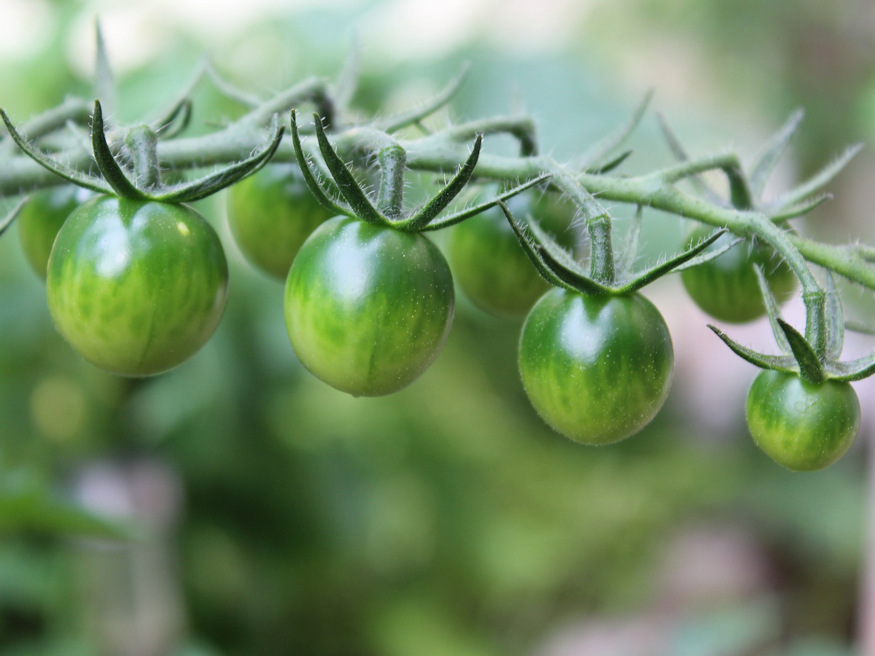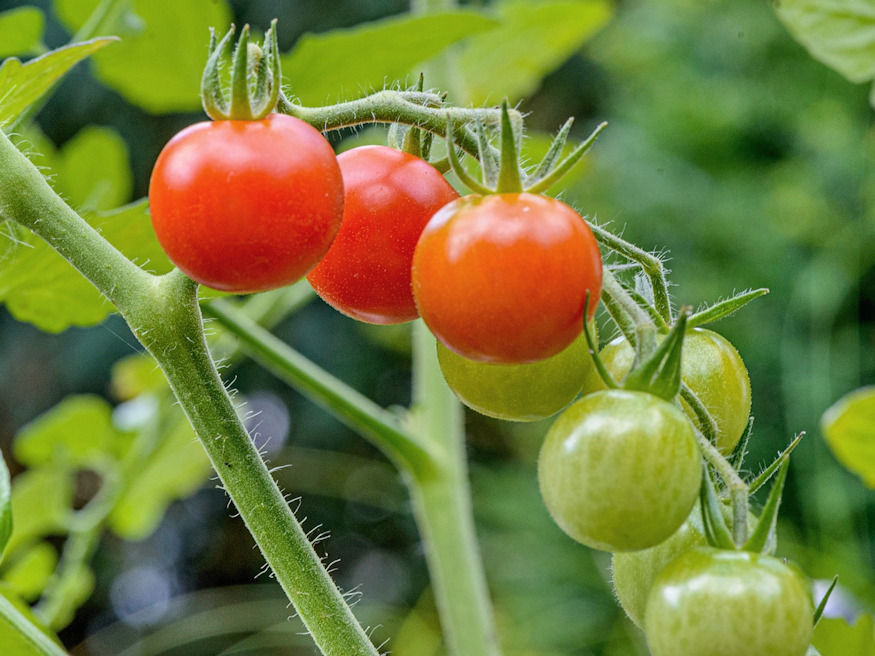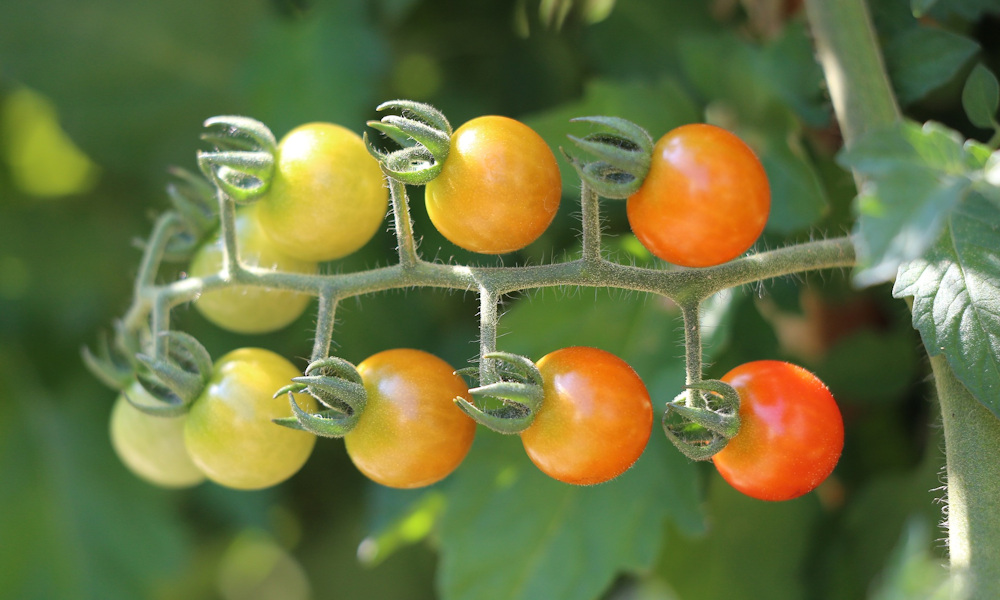Dreaming of juicy, sun-ripened tomatoes from your own garden? You’re not alone — tomatoes are among the most popular crops for home gardeners, and for good reason. They’re relatively easy to grow, delicious fresh or cooked, and come in a rainbow of shapes and colors. If you’re new to gardening, don’t worry — this guide walks you through everything you need to know to grow healthy, productive tomato plants.
1. Choose the Right Spot
Tomatoes love warmth and sunshine. Choose a location that gets at least 6–8 hours of direct sunlight per day. The more sun they get, the sweeter and more flavorful the fruit will be.
2. Prepare the Soil
Tomatoes thrive in loamy, well-drained soil that’s rich in organic matter. Before planting, dig in plenty of compost or well-rotted manure to boost fertility. Aim for a soil pH between 6.0 and 6.8.

3. Timing Is Everything
Wait until all danger of frost has passed and soil temperatures are reliably above 15°C (60°F) before transplanting seedlings. Planting too early can stunt or kill tender young plants. In most temperate climates, this means planting in late spring.
4. Space Them Out
Proper spacing ensures good airflow, which helps prevent diseases:
- Determinate varieties (bush types): space 60–90 cm (2–3 feet) apart.
- Indeterminate varieties (vining types): allow 90–120 cm (3–4 feet) or more.
Not sure which type you’re growing? Determinate types stay compact and ripen all at once. Indeterminate varieties keep growing and fruiting until frost.

5. Plant Deep for Strong Roots
Tomatoes can form roots along their buried stems. To encourage a robust root system:
- Remove the lower sets of leaves.
- Plant seedlings deep, burying them up to the top few leaves.
This helps the plant anchor better and access nutrients more efficiently.
6. Water Wisely
Tomatoes like consistent moisture. Deep watering once or twice a week is better than frequent light watering. Avoid soaking the leaves — always water at the base to prevent fungal problems.
Tip: Install drip irrigation or use a soaker hose to deliver moisture directly to the roots.

7. Mulch Matters
Applying mulch around your tomato plants has multiple benefits:
- Retains soil moisture,
- Reduces weed growth,
- Stabilizes soil temperature,
- Prevents soil from splashing onto leaves (which can spread disease).
Use straw, grass clippings, shredded leaves, or other organic mulch.
8. Support Their Growth
Tomato plants can grow tall and heavy — especially indeterminate types — so they need sturdy support. Use:
- Tomato cages (great for smaller varieties),
- Stakes and ties,
- Trellises for vining types.
Tie plants loosely with soft twine or plant ties, and secure them as they grow.

9. Prune with Purpose
Pruning encourages airflow and directs energy into fruit production. For indeterminate types:
- Remove suckers (small shoots that appear in leaf axils),
- Trim lower leaves that touch the ground,
- Thin dense foliage to prevent disease.
Determinate varieties need little to no pruning, as removing too much growth can reduce the harvest.
10. Feed Regularly — But Wisely
Tomatoes are heavy feeders, but timing and balance matter:
- At planting: mix a balanced or phosphorus-rich fertilizer into the soil (e.g. 5-10-10).
- Once flowering begins: reduce nitrogen and focus on potassium and phosphorus for better fruiting.
- Organic options like compost tea, fish emulsion, or seaweed extract work well too.
Avoid over-fertilizing with nitrogen — it leads to leafy plants and few fruits.

11. Watch for Pests and Disease
Common tomato issues include:
- Aphids, whiteflies, hornworms — hand-pick or spray with insecticidal soap.
- Fungal diseases (like early blight or powdery mildew) — prune affected leaves and apply appropriate treatments.
- Blossom end rot — usually caused by uneven watering or calcium deficiency.
Keep your garden clean, rotate crops, and inspect plants regularly.
12. Harvest at Peak Ripeness
Tomatoes are ready to pick when they’ve developed full color and give slightly to pressure. Gently twist or cut them off the vine — don’t pull, or you might damage the plant.
Regular harvesting encourages more fruit to form.
Final Thoughts
Tomatoes are a joy to grow and even more satisfying to eat fresh from the vine. While they do need care and attention, they also reward you with flavor that no store-bought tomato can match.
So roll up your sleeves, grab your trowel, and give it a try — your tomato-growing adventure starts now.









